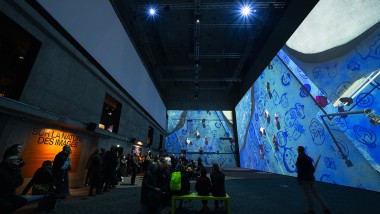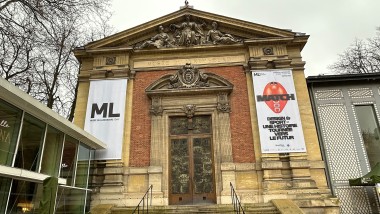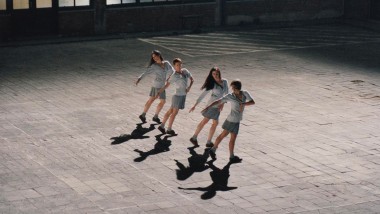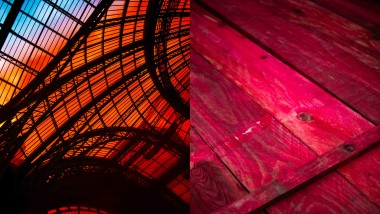
Eastern Antiquities
Legacies of the Fertile Crescent
Although this generic term covers a series of successive civilisations as diverse as they are numerous, there genuinely is a category of eastern Antiquities developed around a clear and intrinsic consistency.
Geographically firstly, this corresponds to the Fertile Crescent, a well endowed region of the Syro-Mesopotamian basin formed by the valleys of the Tigris and Euphrates, and especially rich compared with the rather arid and inhospitable adjacent territories. This land, which linked the shores of the Mediterranean to the Arab-Persian Gulf, as well as being the meeting point of three continents, was the birthplace of the first great transformation in mankind since it was the location of the first human settlements. For it was nearly 10,000 years ago in this part of the world that the fundamental change took place in the status of Man ‒ from predator (hunter-gatherer), he became a producer (farming livestock and crops). And subsequently it was also in this area that the first forms of urbanization came about, from the 4th millennium (the cities of Susa and Uruk).
As important as any other, one of the fundamental inventions we have inherited from these far-off civilizations is writing: cuneiform writing was invented in 3300 BC in Sumer, to the south of modern-day Iraq, as well as the increasing hierarchical structuring of society into groups and functions. With the emergence of city-states which followed, a social elite developed which employed numerous craftsmen to create luxury objects. The royal tombs of Ur, for instance, contain exceptional treasures of gold and silver work: pearls of gold and lapis-lazuli, golden daggers, etc.
Art of the sacred and of power
During this 1000-year period, which ended with the fall of the Achaemenid Empire conquered by Alexander in 334, various kingdoms and empires were in turn supreme: Sumer, Ubla, Akkad, Byblos, Babylon, Ugarit, Mitanni, Nagar, Mari, Ebla, etc. Everywhere, temporal power claimed a clearly established divine lineage and art was used to legitimize and glorify leaders (commemorative stelae of victories). Statuary immortalized princes (Gudea) and military leaders (Naram-Sin), but could also play a social role by setting law in stone (Code of Hammurabi) or by sealing secret inscriptions (cylinder seals depicting gods).
More generally, art also distinguished a belief (statuettes of divinities), a territory (boundary stones), or divine protection (burial of preventative effigies in the foundations of buildings before their construction). Architecture was particularly diverse and inventive (Assyrian palaces, ziggurats in Uruk, etc.) and often sumptuous gold and silver work (Hittite dishes).
Unity from diversity
Despite the undoubted diversity of the Antique eastern world, it was precisely the great diversity of peoples which comprised it which created the richness and complexity of this period. A single pinnacle of civilization, unlike Egypt: in turn organizational structures which competed, but also widely communicated and drew inspiration from each other, flourished and collapsed. That is undoubtedly why a special unity emerged from this period of influence, often difficult to perceive at first, but which can still be felt today in the fact that all the languages spoken during Antiquity belong to the same group of languages called Semitic.


Design goes the extra mile for sport! The trailer for the next exhibition at the Musée du Luxembourg
Article - 11 March 2024
‘Rosas Danst Rosas', A contemporary dance by Anne Teresa De Keersmaeker in response to Stein
Article - 24 January 2024

